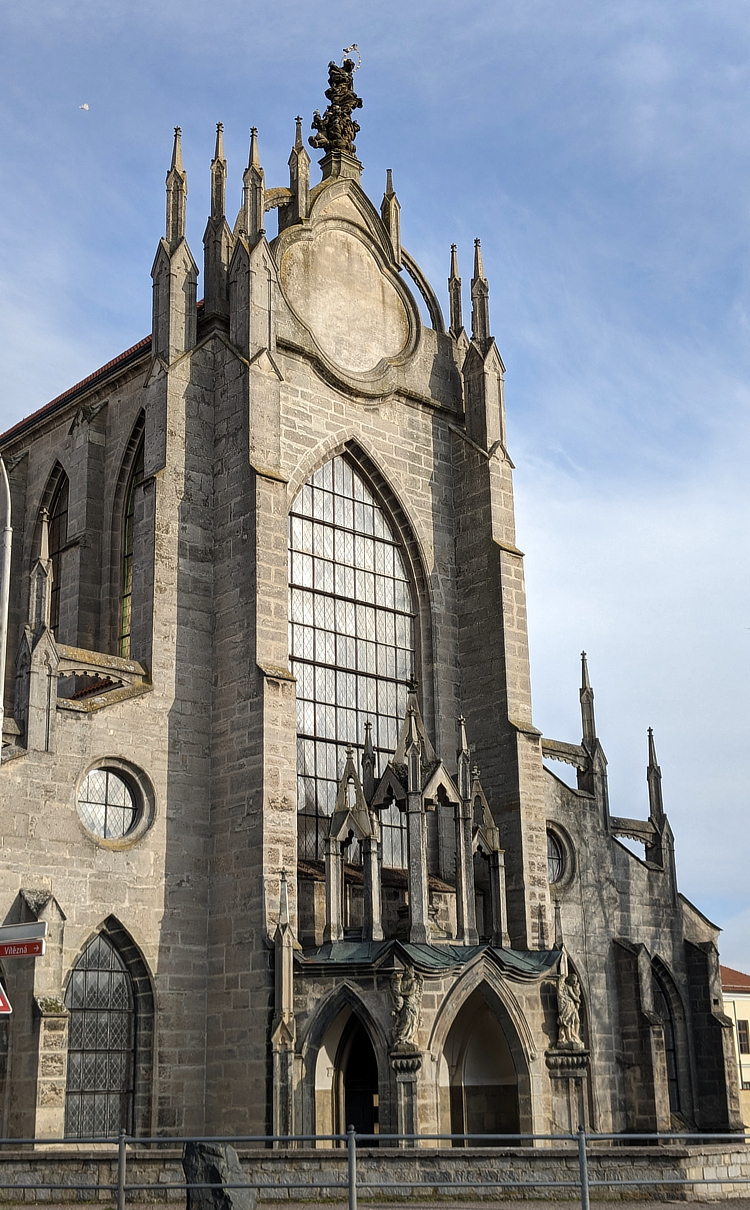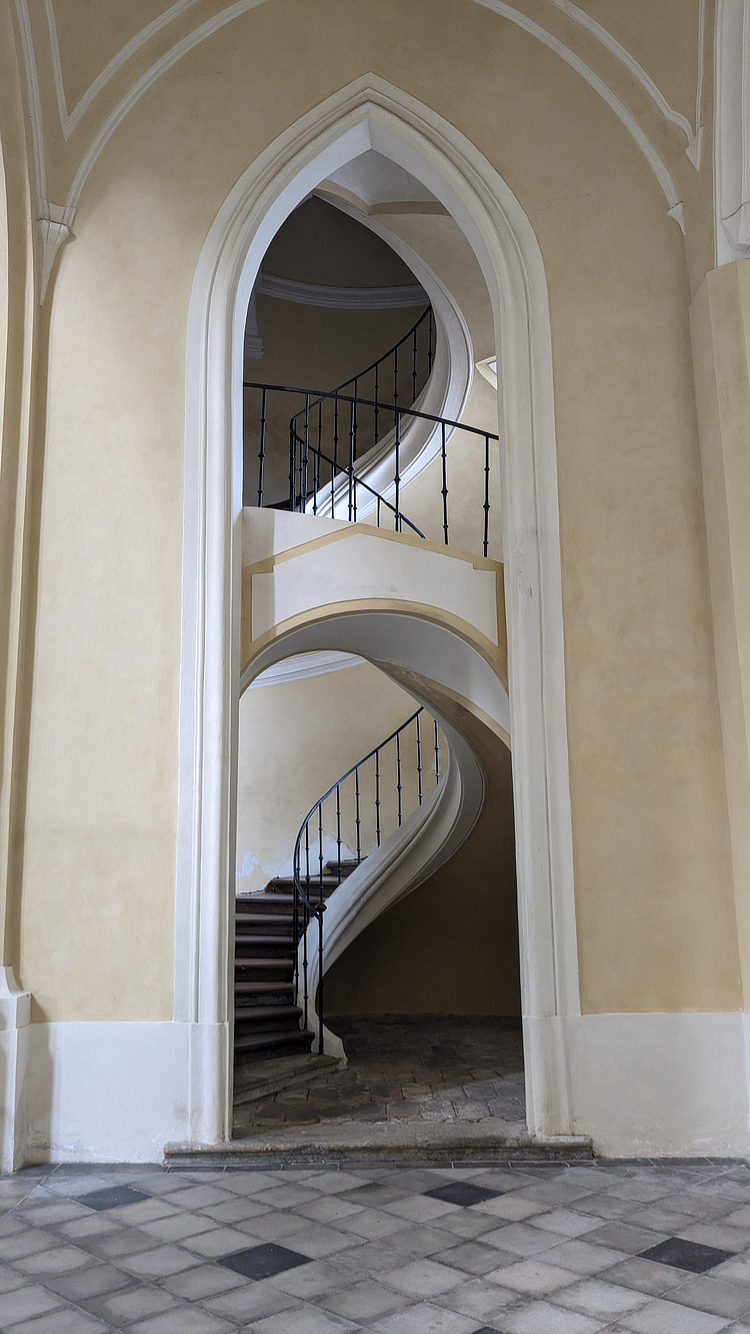Cathedral of the Assumption of Our Lady, Sedlec

The first Cistercians in the Czech lands were monks from Bavaria who settled in the village of Sedlec during the 12th century, In their wake came German prospectors who discovered silver in the hills of neighbouring Kutná Hora and who dedicated the separate, more famous cathedral to Saint Barbara, patron of mineworkers, in 1388.
Although the Sedlec church is nearly a century older, with foundations dating back to 1290, it was destroyed during the bitter Hussite wars and lay in ruins for more than 250 years. The monastic community had to wait until after the Thirty Years’ War in the mid-17th century for the chance to reconstruct the main church. When the opportunity came, it was with the architectural assistance of Jan Blažej Santini-Aichel, who was responsible for – among other innovations – the shallow so-called ‘Bohemian vault’, and a pair of exquisite cantilevered spiral staircases in the choir.
Aged only 25, Santini embarked on the work in 1703. Critical to the success of this huge project was his deep understanding of Gothic architecture; but the staircases in particular point to an early fascination with the baroque, and particularly the work of Francesco Borromini, whose geometrical fantasies in Rome had so inspired him when he visited Italy seven years earlier.

Santini was the son of a stonemason, as was Borromini; and the earlier architect hailed from the Swiss border town of Bissone, thirty miles from Roveredo, where Santini’s grandparents were born. Such connections may have led Santini to feel more than simply an artistic bond with his architectural hero. The mathematics of line and space, as well as the enjoyment of representing the spiritual world through shape and volume, are constantly on display in the work of both architects.

Many artists and architects from this region close to lake Como, including Santini’s own family, migrated to Prague during the time of the Habsburgs, and were particularly active from the 1550s to the 1750s. This magnificent youthful work of Santini was typical of the inventiveness they brought to the architecture of Bohemia.








